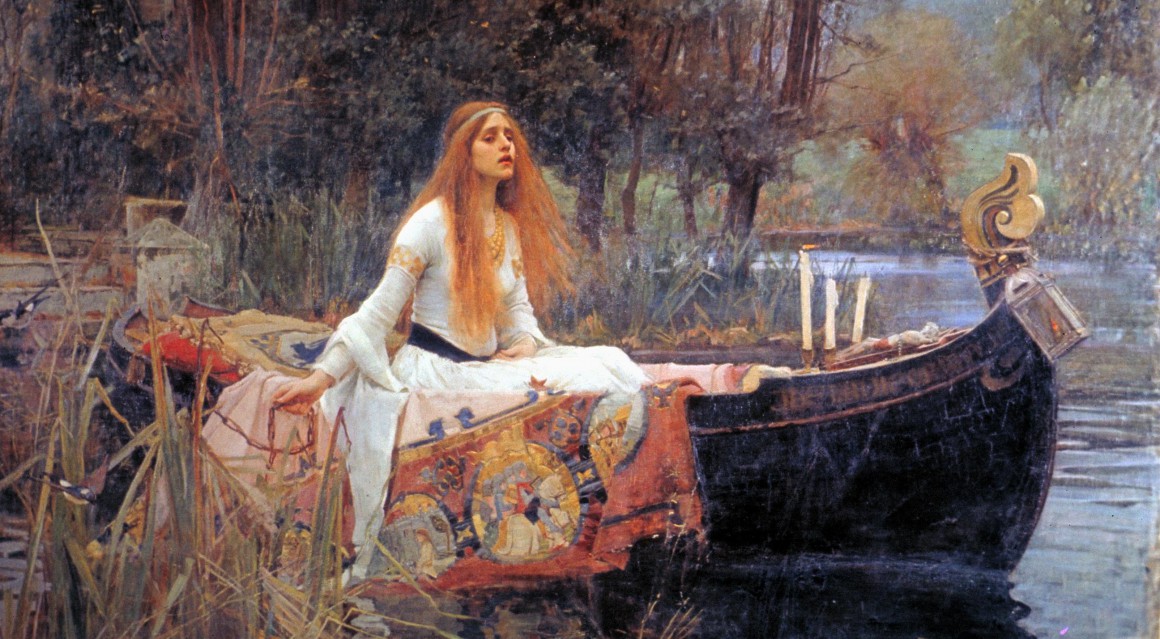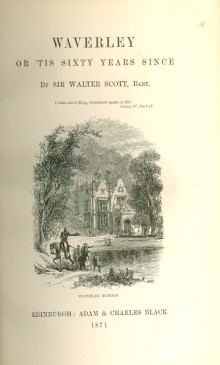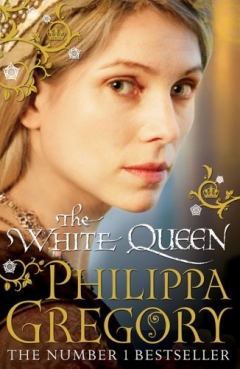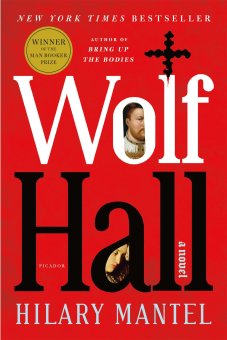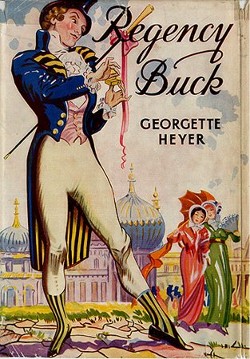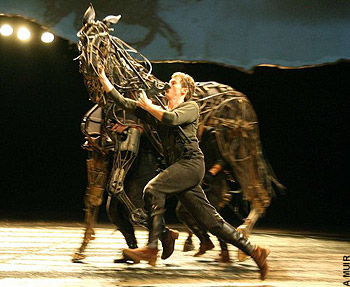On the 3rd February, our class hosted a Wikipedia editing session. We were each to choose a page of significant interest to us, research missing information and add anything we thought interesting and relevant to the subject of the page. After some deliberation, I chose to edit the page that explained the concept of the Byronic Hero. The Byronic hero was, as the name stated, a character in fiction that displayed traits similar to that of the poet Lord George Gordon Byron or the main characters in his poetry and novels. The Byronic hero was a dark, brooding male character, with an air of carrying the burden of a painful past- a past which was always the main revelation of the novel in question. While the Wikipedia page gave ample information regarding the character’s origins and place in literature, I found there were certain aspects that were overlooked. For example, the possibility of a Byronic heroine was not addressed, when the character exists in one of Byron’s most famous works. In the interests of gender balance, I believed it was only fair to afford it a mention, at least! Likewise, the serious “fandom” surrounding Byron was not mentioned-strange, given that it played an integral part in keeping the interest in his work alive. In relation to technical issue of citation, one or two books were not cited- otherwise, there was very little I could find fault with citation-wise, surprisingly. So it appeared that my task would mostly be giving more depth by adding the new information I had researched on the topic.
One of my main sources of help was Fiona McCarthy’s Byron: Life And Legend. It had information aplenty regarding the fanatical admiration of Byron and his work that thrived long after the poet’s death. I was particularly interested in this focus on the social and cultural impact of the Byronic character, and believed it ought to be added to the synopsis on Wikipedia. Similarly, Charles J. Clancy’s article examining the potential for a Byronic heroine in Don Juan was also very interesting. To take a character that had long been an established male figure and researching the possibility of a female character assuming the role broadens the perspective on the concept, and would be valuable to anybody researching the topic. Clancy makes apt connections between the character of Aurora Raby and the elements of the Byronic character.
Commencing operation Wikipedia edit! After a change of location, the editing began. We were also to regularly tweet during the session using #EditWikiLit. I should mention here that I only recently joined Twitter, so I initially found the prospect of airing my opinions publicly a tad nerve-racking. That said, the blogging has eased it somewhat. I began with the “Byronic Heroine”. As the page began with the characteristics of the Byronic figure, it seemed the more practical beginning. I also corrected a quote about the comparison with Werther by adding the text that made the correlation into the “Works Cited”. I then moved on to the section concerned with fans of the Byronic image-both the “fandom” and the Byronic heroine passages were given their own section heading and not added to sections that already existed. There was a literature passage present on the page which I could add the information I had researched in relation to Charles Dickens and the Byronic figure. As Charles Dickens’ writings had never really been associated with the idea, I thought it might be a useful addition to the list of literature comparisons present.![20160203_104339[1]](https://rfitzgeraldsite.files.wordpress.com/2016/02/20160203_10433911.jpg?w=614&h=346)
![20160228_201448[1]](https://rfitzgeraldsite.files.wordpress.com/2016/02/20160228_2014481.jpg?w=760)
![20160228_190133[1].jpg](https://rfitzgeraldsite.files.wordpress.com/2016/02/20160228_1901331.jpg?w=760)
The task was challenging; you were constantly watching the clock, and the referencing took a while! Nevertheless, I enjoyed it very much. It was related to a literature concept I have a great deal of interest in, and I enjoyed researching what information would be useful to the page. Also, to the kindly person who passed those biscuits around-thanks a million. You know who you are!
Works Cited
Clancy, Charles J. “Aurora Raby In Don Juan: A Byronic Heroine”. Keats-Shelley Journal Vol. 28. New York: Keats-Shelley Association Of America, 1979.
Harvey, William W. “Charles Dickens And The Byronic Tradition”. Nineteenth-Century Fiction Vol. 24 No.3. California: University Press, 1969.
McCarthy, Fiona. Byron: Life And Legend. London: John Murray, 2002.
Thorslev, Peter L. “The Byronic Hero And Heroic Tradition”. The Byronic Hero. Minnesota: University Press, 1962.
